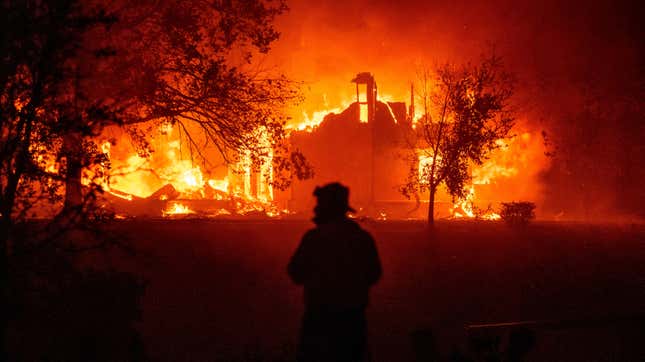California's Reliance on Exploitative Prison Labor Has Weakened Its Wildfire Response
Politics

As more than 13,700 firefighters battle against the 585 blazes currently burning a hole in California the size of Rhode Island, Gov. Gavin Newsom has called on other states and even other countries for backup.
“These fires are stretching our resources, stretching our personnel,” Newsome said at a press conference on Friday, per Newsweek, where he requested assistance from as far away as Canada and Australia. “We simply haven’t seen anything like this in many, many years.”
-

-

-

-

-

-

-

-

-

-

-

-

-

-

-

-

-

-

-

-

-

-

-

-

-

-

-

-

-

-

-

-

-

-

-

-

-

-

-

-








































